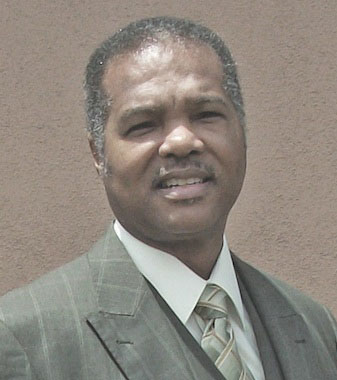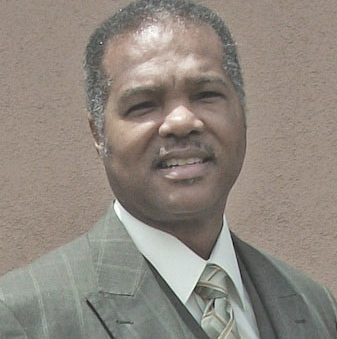
As I was watching all of the protests nationwide and around the globe – over the wrongful and tragic death of Minnesotan George Floyd –– I happened to surf to a channel featuring the movie “Black or White.”
The movie, with an all-star cast headlined by Kevin Costner (Elliott Anderson), and Octavia Spencer (Rowena), is based on real events about a biracial granddaughter Eloise (Jillian Estell), being the object of a custody battle between her white grandfather, and her black absentee biological father. The story plays out where both Elliott, and Rowena (the dominant black grandmother) are forced to confront their true feelings about race, unforgiveness and misunderstanding.
While I am happy that the “Black Lives Matter” movement has kept the heat on lawmakers and law enforcement to bring things to where they are today, it seems everyone is speaking the same language. Typically, when the lights go off and the cameras stop rolling, we seem to fall right back into business as usual.
However, since we are all affected by the COVID-19 pandemic, there is a unique window of opportunity to ensure that does not happen. Therefore, what is a new language that can be presented to “force” different ethnicities to face racial differences as Elliott and Rowena did in the movie? Words like systemic inequity, police reform and judicial reform seem to be falling on deaf ears. What does that look like? It’s one thing to have diversity in the workplace because our paychecks depend on it; but it’s quite another when we leave and go back to our own little corners.
During this pandemic, how can we bring things back better? America! We give way too much attention to celebrities in the sports, music and movie industries. Why do we idolize people who are being paid way too much in proportion to our teachers who are the real heroes? And on that note, why do movies continue to show Black and Brown people in a negative dysfunctional light just to show (in some rare cases) how they overcome or find redemption in the end. It’s no wonder other races are wary to associate when all they see are people with frowns, a chip on their shoulder and ready for confrontation at the drop of a hat. It’s life imitating art!
And White people, why not mentor people of color on your job or in your spare time? There are some great mentoring programs that exist, but seldom (if at all) do we see you. Do you know there are some people of color in South and East Los Angeles who have never seen a White person unless it’s on TV?
Also, somebody knows where how/where/why there is such a proliferation of guns in poor neighborhoods – how are they getting into the hands of poor, uneducated kids? It was touching to see a photo of hospital staff at New York’s Memorial-Sloan Kettering Cancer Center who came out in their scrubs from their “essential” jobs to take a knee and say thank you to the protesters as they went by. I wish someone would take the initiative to promote a cure for the cancer of gun-violence in our under-served communities.
I highly recommend the movie, “Black or White.” Although it was made in 2014, the producers were on to something. Maybe we could get some new creative ideas from it that would help bridge the gaps between “us” and “them.” MSNBC’s Rachel Maddow says, “Maybe we can see this thing a whole different way.”
Larry Buford is a Los Angeles-based contributing writer. Author of “Things Are Gettin’ Outta Hand” and “Book To The Future” (Amazon). Email: LBuford8101@hotmail.com






